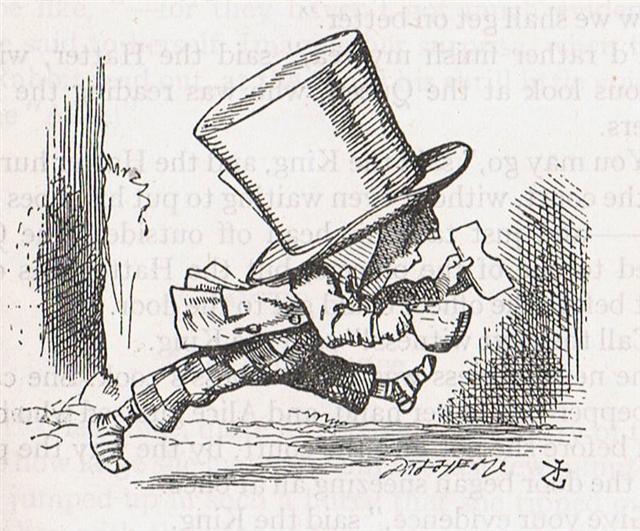4. In Egypt the direction 'uphill' was south and the lowest point up in the light was in the north, corresponding to the level of the surface of the Mediterranean sea. The Nile ran from south to north. Thus the basic Egyptian map was inverted compared to that of India (and indeed compared to the basic map in the minds of the majority of the other peoples living on the Eurasian continent). The African continent was 'upside down', it had its 'mountain' in the south and its 'sea' in the north. Time ran like a river from south to north and the year was originating in the source of the Nile. "The Season of Inundation ... begins after the 5- or 6-day intercalary 13th month, known as Pi Kogi Enavot ... also known as El Nasii... [it] is the thirteenth and last month of the Coptic calendar. It lies between September 6 and September 10 of the Gregorian calendar ..." (Wikipedia) But Sun went from east to west, across the long slope from Upper Egypt down to the marshes of Lower Egypt, he went across the Nile. He rose through a hole in the east, crossed the Nile at noon and in the evening went down in the west through another hole:
As we have noted earlier (in Orientation) the open throat of the goddess of the west has been used to created a picture of the 'biting of the Sun' (Mayan Chikin). The great circle of Sun above the a.m. walking birdman has a smaller counterpart on the other side of noon and it has a watery 'pupil' in its centre. This little one is flanked by a pair of rising fishes with holes at their top ends, and these 2 fishes surely correspond to Moon, who rules p.m., the back side of the day. A long Serpent is rising from center bottom and he is the origin of p.m. The previous goddess - who has turned around - is stretching out her hands to take care of a.m. Sun, and she has been drawn with a straight line at her back from where the p.m. Serpent is originating. This straight line probably corresponds to the 'corner' at noon, and we should remember the corner from where the cup-carrying mercury-intoxicated Mad Hatter runs, his face in the shadow:
The idea of a 'noon corner' could explain why there are vertical straight lines at noon in the calendar of the day in H (cfr at The First Point of Aries):
The Egyptian picture with holes both at dawn and at sundown could have, one might think, generated a similar idea for the year, with 'dawn' from a 'hole' at spring equinox and with another 'hole' at autumn equinox. However, the factual origin of the year was not far beyond summer solstice ('noon'). The determining factor was the high ground up in south, from where the Nile was flowing. Once again, the origin of the solar year is to be found 'uphill'. |



